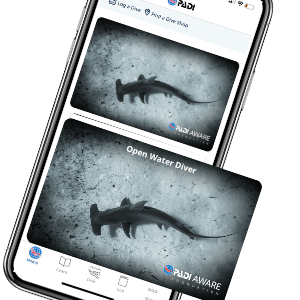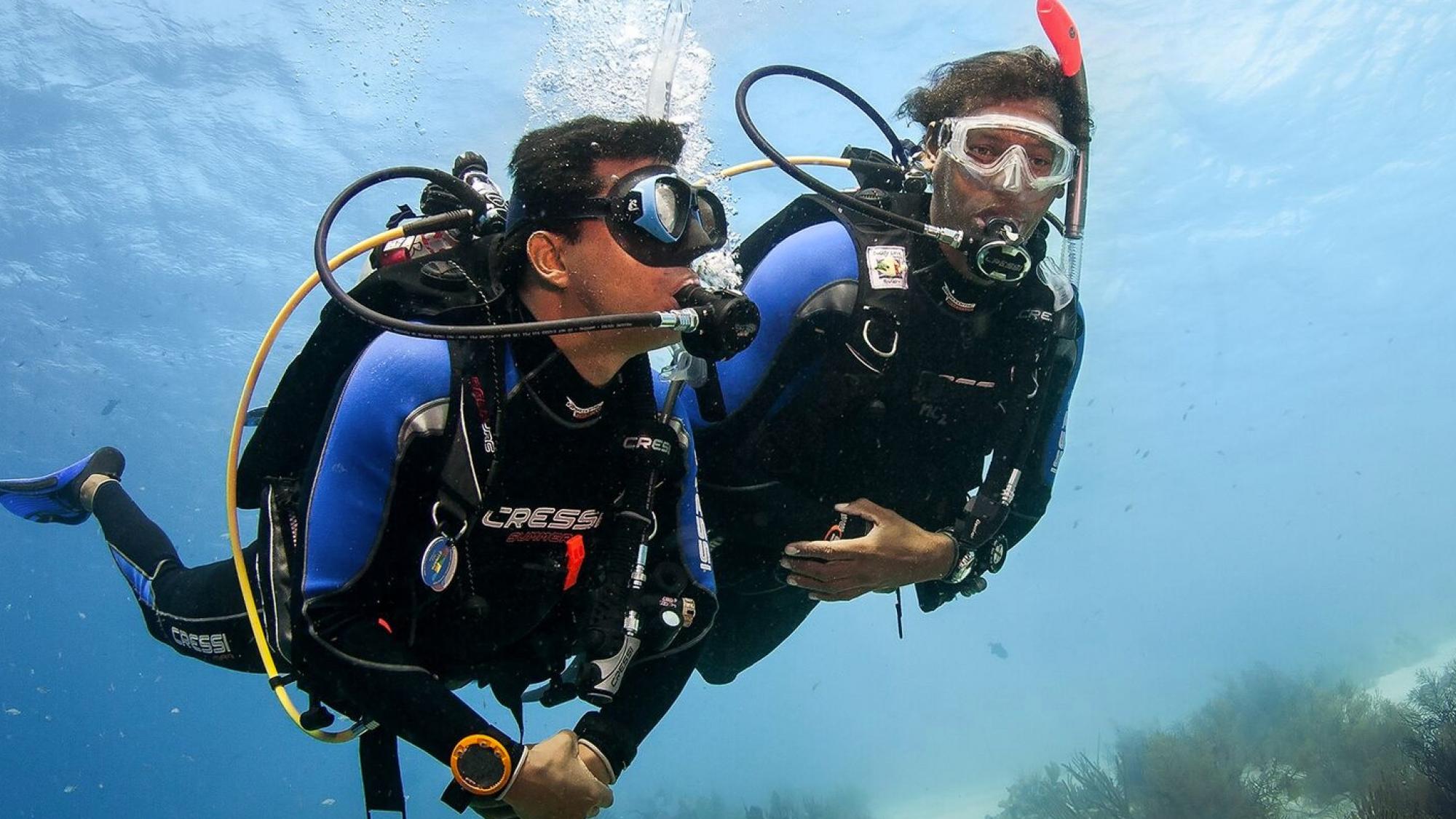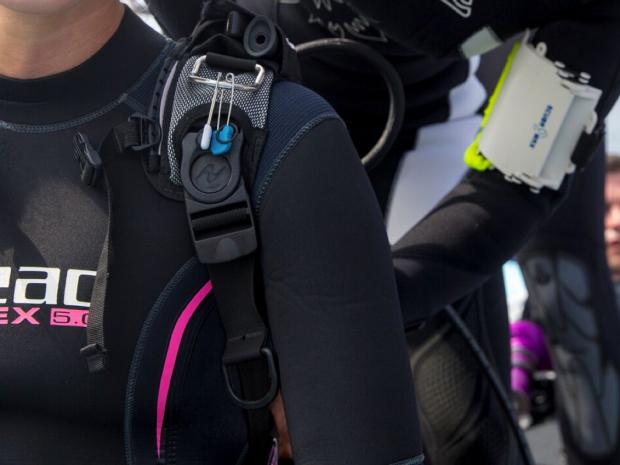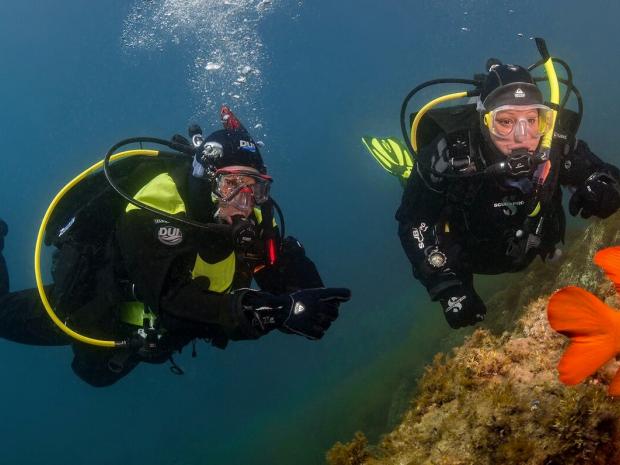Designed for very warm water diving or as an extra layer under another exposure suit. They also provide good sunburn protection.
Description
Body suits (skin suits or dive skins) have little or no insulation, so they’re intended either for very warm water diving, or as an extra layer under another exposure suit. They also provide good sunburn protection. Since the suits are light and foldable, like clothing, they’re easy to take along on every dive trip.
Standard Features
- Body suits are made from a variety of synthetic fabrics, such as Lycra®, that offer lots of stretch, so the suit fits skintight. These fabrics are also designed to offer abrasion resistance.
- Some have plush inner linings that add a little warmth underwater and wind protection while on the surface.
- Many are colorful with choices ranging from bright solids to flower prints to funky camouflage patterns.
- Body suit styles allow you to cover a lot or just a little depending on your needs. Many are unisex because they stretch, but there are a few designed specifically for women or for men.
- Jumpsuits, or full-body suits, are the most popular because they completely cover your arms and legs. You’ll find foot stirrups and thumb loops on most models, which keep the suit in place while you slip on a wetsuit.
- Top-only suits (also known as rash guards) come in long sleeve, short sleeve or vest styles.
- Hooded vests are another top-only option and can be worn under a wetsuit.
- Bottoms come in shorts or long pants, and are usually used to make slipping into a wetsuit a little more comfortable.
How to Choose
The first recommendation is to get a full-body suit, or at least a rash guard. Find the right size, try it on (it should be clingy, but not restrictive), and choose the color you prefer. You’ll use it maybe just as sun protection, but it’s easy to take along.
Maintenance
Rinse in fresh water and dry thoroughly before storing it, preferably on a hanger. Your body suit may need washing with a mild soap every now and then if it starts to smell.







 Marine Debris
Marine Debris
 Shark & Ray Protection
Shark & Ray Protection
 Adopt The Blue
Adopt The Blue















